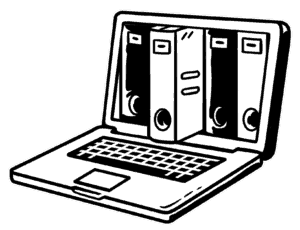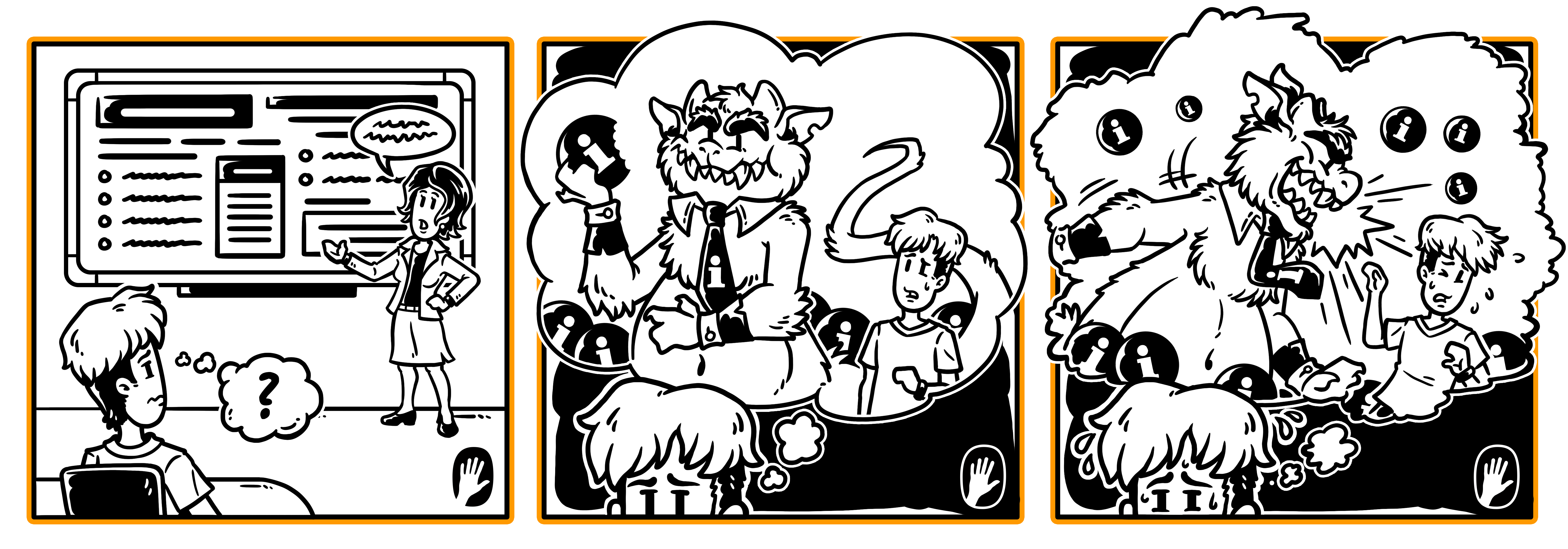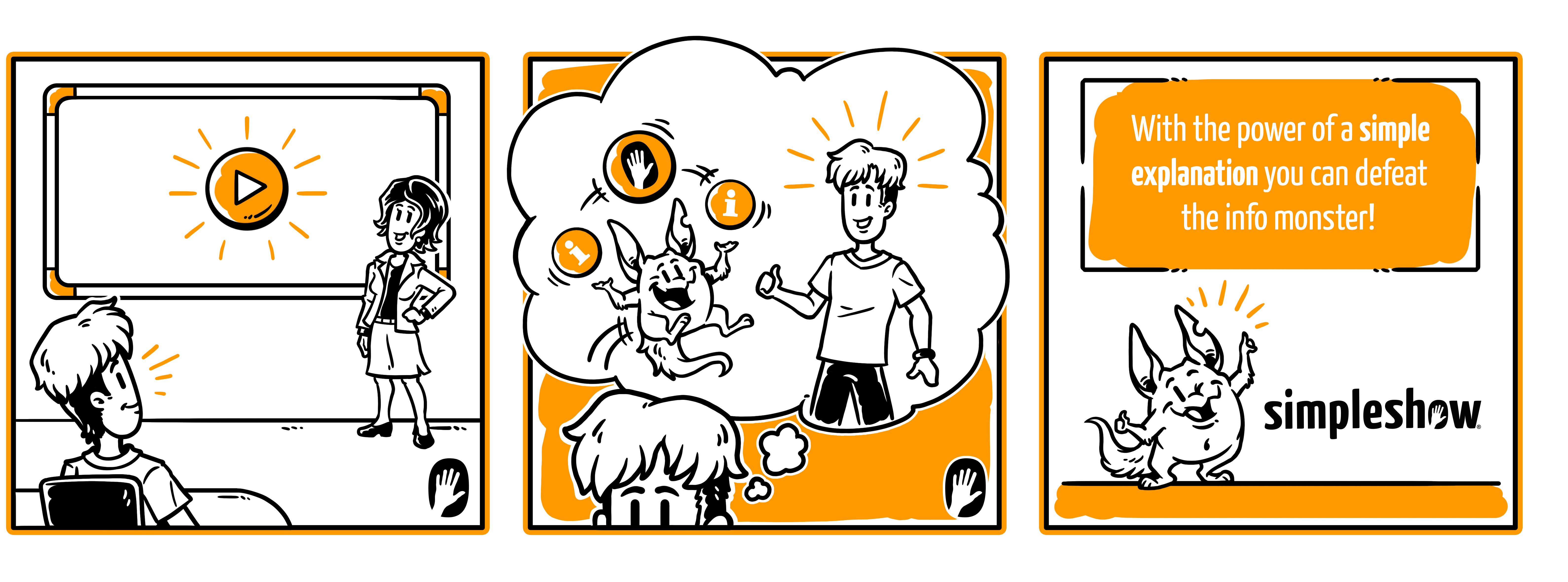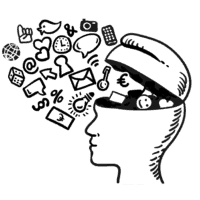Digital media are playing an increasingly important role in our everyday lives. So it is time for us to also use them in our working environment in an effective and sustainable way. In our video we explain new learning approaches and show how they can be used in corporate learning.
Digital Learning Approaches As An Opportunity
Newly evolving digital learning approaches and techniques are not limited to schools or academy learning. They are also a huge opportunity for companies: by effectively building on the media skills of young employees, corporate learning can be taken to new heights. But so called millenials are no longer the only generation calling for digital learning approaches as a new standard of corporate learning. This is why learning techniques in the working world should be adapted to the new requirements of employees and their media perception. This results in major benefits such as higher flexibility and individualization.
SMAC – The Future of Corporate Learning
Modern in-company trainings and further education of employees heavily rely on the integration of digital trends. Social media and mobile technology combined with efficient analytics on cloud-based systems – that is SMAC – an acronym you should keep in mind. The advantages are obvious: learning content is omnipresent and easily accessible. The learning success is transparent and content can be updated quickly. A win-win situation for both learners and corporate trainers. The effectiveness of corporate learning is thus pushed forward by digital learning.


Digital Learning Approaches Facilitate Individual Learning And Save Costs
Every employee is different and that is a good thing. Digital learning techniques are designed to address different employee needs and allow everyone to learn at their own pace. Multimedia can help to individualize learning and serve different learning types through different media and tailored content. This is how corporate learning can gradually be refined. Specific feedback helps both companies and employees to close gaps and work together on the success of the training. Therefore the quality of personnel development is not only increased, but the working atmosphere can be improved while saving costs.
Overwhelmed With Information – Do You Know This Feeling?
Failing to convey complex topics by frontal teaching or simply drowning in too much information at once?

The information monster strikes!
With the power of a simple explanation, you can defeat the information monster:

The digital learning approaches we show can be successfully put into corporate practice with the help of one of our simpleshow explainer videos.
The Digital Age Allows For Many Forms of Learning
The digital ages offers a variety of possibilities, especially when it comes to staff training or new staff onboarding. Optimize the training of your employees through new learning techniques. We will give you a few ideas how to do that:
Blended Learning
Blended learning is also referred to as integrated learning. It is about the combination of online and face-to-face learning methods to achieve the greatest possible learning effect. In combination with different methods and media, the respective advantages are maximized and results in learning are achieved even more efficiently.
Micro Learning

Information abounds, always and everywhere. No wonder that the attention span of humans is constantly decreasing. Therefore, it makes a lot of sense to break down learning into small units. Learning in small parts, so-called micro learning, prevents the feeling of overstraining among your coworkers. It also allows for the integration of gamification elements and enhances the perception of success.
Active Learning

Active learning offers practical tasks to a learner. When learning by doing, the learner can independently apply knowledge and experience instant success. Reflection and meta-thinking are required here. The motivation of the learner is tied to a specific goal. So what you have learned is emotionally linked and stays with you for a long term.
P.S.: Do you already know about simpleshow interactive? Learn more about easy learning with guaranteed success.
Self-paced Learning

Self-paced learning pursues the approach that both the learning objective and the learning object are determined by the learner. The learner decides to follow his or her own experience rather than traditional guidelines such as a curriculum. So every learner can follow his or her own pace of learning and interest – which in turn benefits motivation. Because everything we do voluntarily and gladly makes learning much easier.